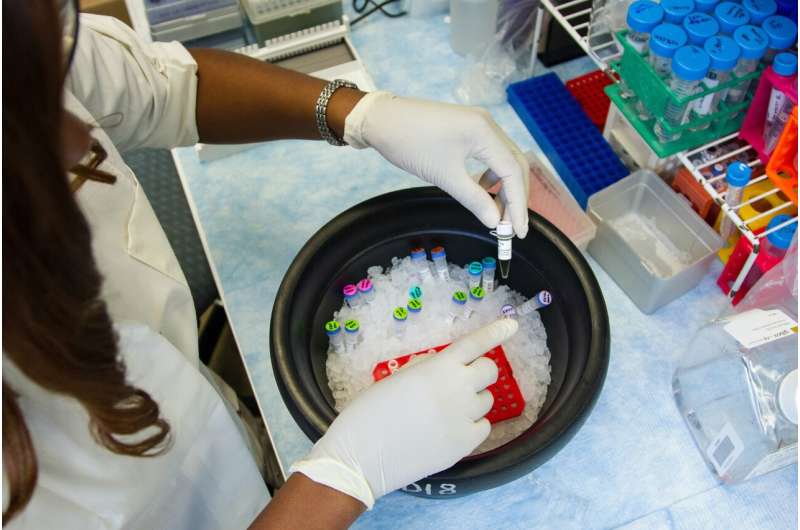Addressing Biases in HIV Testing: Risks of Underdiagnosis Among Women and Older Adults in Spain

A comprehensive study in Spain reveals biases leading to underdiagnosis of HIV among women, older adults, and rural populations, emphasizing the urgent need for improved testing protocols and training to achieve early detection goals.
A recent comprehensive study highlights significant disparities and implicit biases affecting HIV diagnosis rates in Spain, particularly among women, older adults, and rural populations. The research, conducted in Catalonia from 2017 to 2021, evaluated over 370,000 clinical episodes involving patients with HIV indicator conditions—clinical signs or diseases linked to HIV infection. Despite international guidelines recommending HIV testing when such conditions appear, only 22.7% of diagnosed patients underwent testing within four months. Notably, testing rates were higher among men (26.3%) and younger individuals (29.2% under age 30), with migrants also showing increased testing (27.7%). Conversely, women, seniors over 50, and residents of rural regions were significantly less likely to be tested, risking delayed diagnosis and treatment. Conditions like syphilis were strongly associated with testing, while others such as herpes zoster or dermatitis often went unnoticed as HIV indicators. Territorial disparities further reveal that urban areas like Barcelona had higher testing rates (28.6%), whereas rural zones like Terres de l'Ebre had less than 15%, suggesting unequal access to healthcare resources and training.
According to Dr. Cristina Agustí, these findings underscore how implicit biases can influence clinical decisions, perpetuating health inequalities. The study emphasizes the need for targeted training, standardized protocols, and electronic alert systems to ensure equitable testing practices. Enhancing healthcare providers' awareness can help eliminate overlooked cases, facilitating early diagnosis and aligning with the ambitious UNAIDS 95–95–95 targets for 2030, which aim for 95% of people living with HIV to be diagnosed, treated, and virally suppressed.
This research advocates for systematic initiatives to improve early detection, especially for vulnerable groups, and calls for reducing implicit biases that hinder equitable healthcare delivery in HIV prevention and management.
Source: https://medicalxpress.com/news/2025-07-hidden-bias-women-older-adults.html
Stay Updated with Mia's Feed
Get the latest health & wellness insights delivered straight to your inbox.
Related Articles
Supervised Exercise Enhances Recovery Outcomes in Older Women After Hip Fractures, Study Finds
A large clinical trial demonstrates that supervised exercise, combined with or without testosterone, significantly improves recovery outcomes in older women after hip fractures, emphasizing the vital role of strength training in aging health.
Legal Challenges to California's Mandatory Medical Bias Training Raise First Amendment Questions
Legal challenges to California's mandated unconscious bias training for medical professionals highlight ongoing debates over free speech and health equity. A court upheld the state's authority to require bias education, aiming to reduce healthcare disparities among minorities. The case could influence regulations for various licensed professions nationwide.
Large Language Models Demonstrate Potential in Predicting Liver Cancer Treatment Outcomes
Emerging research reveals that large language models like GPT-4 can accurately predict liver cancer treatment responses, aiding personalized oncology care and decision-making.
Cargo Ship Workers Face Fatigue, Anxiety, and Limited Medical Access: New Reports Reveal Harsh Conditions at Sea
New reports reveal cargo ship workers suffer from increased fatigue, anxiety, and inadequate medical care, highlighting the need for maritime industry reforms to improve seafarers' health and safety.



